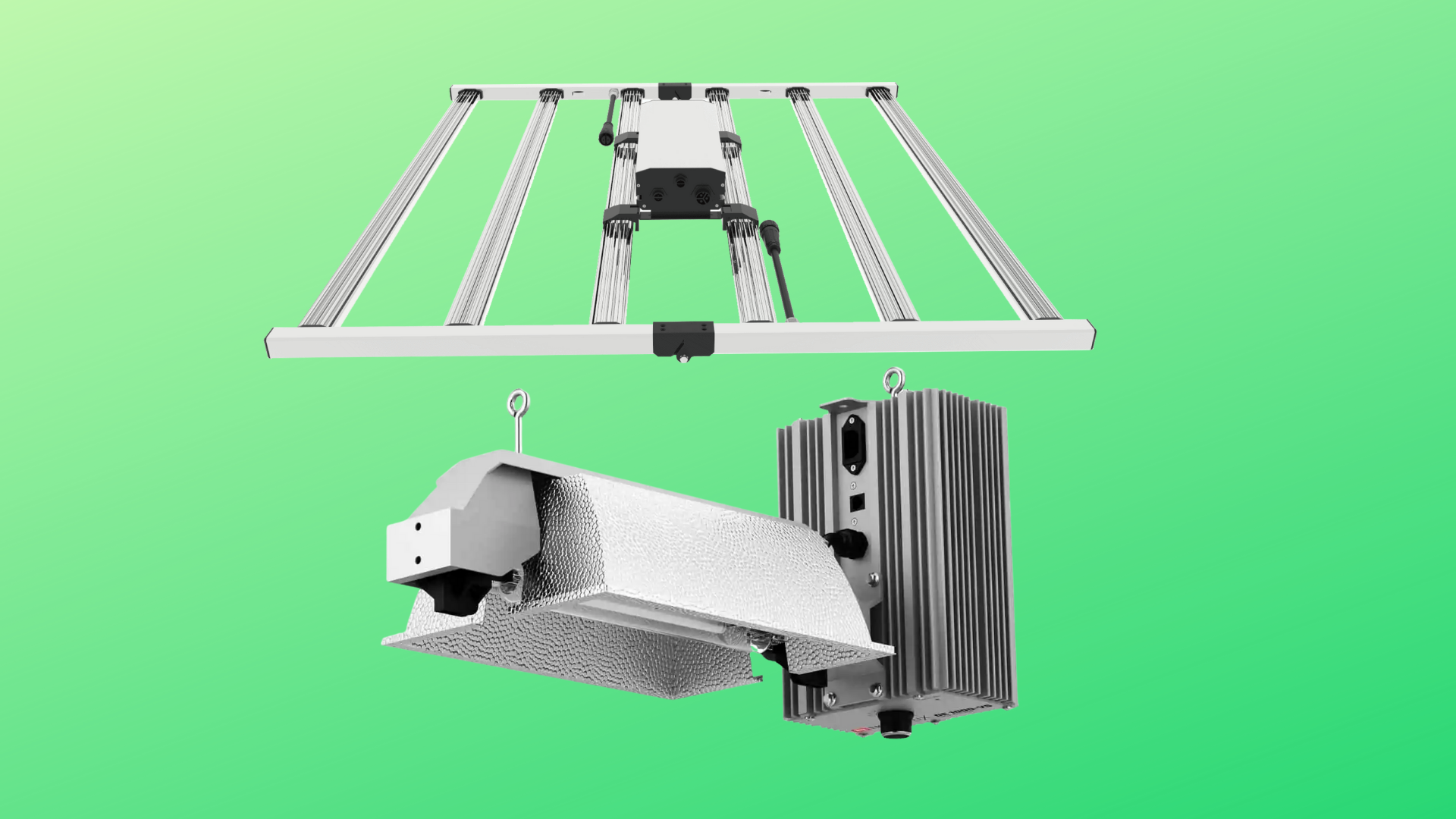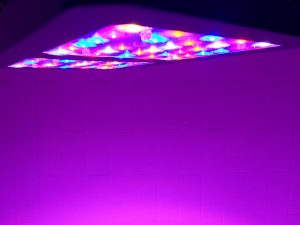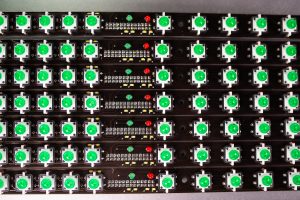When is that the Right Time to change from HPS to LEDs for Cannabis?
In recent years, light-emitting diodes, or LEDs for brief, have carved out their place within the cannabis lighting world — and given rise to lots of questions. Can LEDs produce identical high-quality flower as high-pressure sodium (HPS) lamps? Will they prevent money? And what are the drawbacks of LEDs that companies aren’t telling you about?
HPS lights have long been the industry standard. And because the saying goes, “if it isn’t broken, don’t fix it.” It’s true; there’s nothing wrong with high-intensity discharge (HID) technologies like HPS. In fact, HID lamps may be best for your application and budget.
But, if you’re reading this, you’re probably able to tap the advantages of LEDs — benefits which include increased efficiency, cost savings, higher candlepower, and A level of control over the lighting spectrum that’s impossible with HPS. Even better, LEDs can offer you an overall healthier plant. So, let’s take a glance at the 2 technologies to determine which is correct for you.
Comparing LEDs and HPS Lighting for Cannabis
Generalizations about LEDs — or HPS lamps, for that matter — cause some bad conclusions. With horticultural lighting, it’s only too easy to form apples-to-oranges comparisons. That’s why many growers have had disappointing experiences with LEDs within the early years.
LEDs have varying efficiency ratings, betting on the merchandise, which dramatically affects what proportion of light they’re producing. It’s identical with HPS. once we discuss HPS technologies generally, we gloss over important design elements like the wattage of the fixture, whether the lamp is single- or double-ended, and whether the ballast is magnetic or electronic, etc.
For instance, an HPS fixture may achieve an efficiency of 1.7 µmol/joule if it’s a double-ended lamp with a 1000-watt electronic ballast. But a unique, 400-watt HPS light with a magnetic ballast could be a different story. The 400-watt will only score an efficiency rating within the 1.0-µmol/joule range. Essentially, we’re talking about different technologies and calling them both “HPS.”
LEDs are much identical. Though they’re generally more efficient than HPS (with some clocking 2.8 µmol/joule), some LEDs are less efficient than high-quality HPS fixtures, and that they offer you less light. You’ll find the LED fixtures vary in efficiency supported by the kind of diodes, the color composition of the spectrum, the product’s overall quality, and other engineering factors. What’s more, whether or not the µmol/joule efficiency is high, an LED fixture might not have the spectrum to relinquish your plant’s good morphology, as explained below.
You may also find some hidden inefficiencies lurking within the ballasts of HID fixtures. only too often, the µmol/joule rating on HPS products states the lamp efficiency, not the particular product efficiency. The lamp may perform well during a laboratory setting supported by the wattage provided, but when the electrical loss of the ballast is factored in, the efficiency numbers begin to appear very different. The reflector hood also decreases the stated efficiency of an HPS fixture.
In truth, efficiency goes beyond electrical consumption. Well-engineered lighting products will provide you with better harvest outcomes for several reasons. for example, once you give your plants a balanced, fine-tuned spectrum, you’ll expect a rise in secondary metabolites and bigger crops of denser flowers. And electrical efficiency means lower heat, which creates a cascade of cost reductions because of reduced HVAC use, fewer circulating fans, and easier pest management.
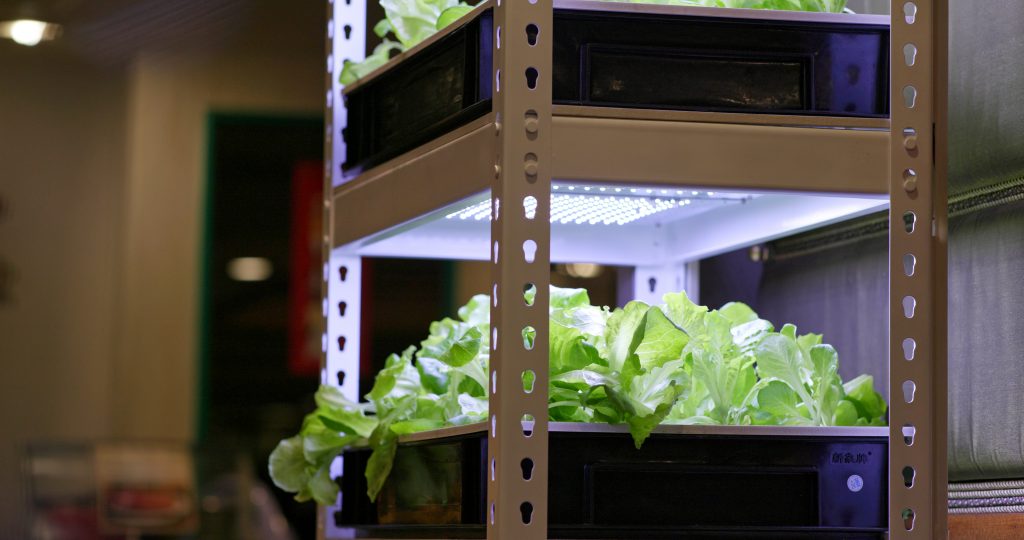
Re-envisioning the HPS Spectrum with LEDs
LEDs have thrust the concept of the spectrum to the forefront of horticultural thought. That’s because they need the flexibility to exactly recreate individual colors of sunlight for research purposes — or to coax desirable traits from commercial crops. you will also hear colors of sunshine brought up as wavelengths because each color has its own frequency, as measured in nanometers (nm). Blue light contains a short wavelength of about 440 nm, while red light, at the alternative end of the spectrum, has wavelengths approaching 700 nm.
Savvy growers have always used spectrum control to craft better cannabis. the quality protocol has been to change from a cool-colored metal-halide (MH) spectrum for vegetative growth to a warm-colored HPS spectrum for flowering. The MH spectrum contains much blue light, which is critical for avoiding extension growth and increasing leafing; the HPS spectrum is red-dominant, making it perfect for flowering. But neither HPS nor MH could recreate sunlight, and their spectrums couldn’t be modified because the gases in their lamps determined their color.
Yet LEDs can reproduce both these HID spectrums and more. Though LEDs could theoretically create any spectrum, early LED designs abandoned what worked for HID lights in favor of polarized blue/red spectrums. and a few of these designs persist to the current day. It’s true that plants have a powerful photosynthetic response to blue and red light, but such extreme spectral designs completely neglect the center wavelengths of green and yellow. Many of the manufacturers of those so-called “purple” LEDs claimed to possess magic spectrums for quality cannabis flowers. But, actually, the unfinished spectrums typically yield disappointing harvests, particularly at lower light intensities.
Now, LED fixtures are engineered to contain all the spectra needed throughout the growing cycle, and spectrum manipulation is a smaller amount extreme. you will see lights that have a mildly purple-ish appearance — like the Heliospectra ELIXIA series — yet those fixtures actually include sufficient green and stoplight to meet all of your plants’ needs. to determine the spectrum that a lightweight is really producing, it’s critical to reference the accompanying spectrum chart. the colored curve you’ll find there’ll show if the center wavelengths of green and yellow are present — or lacking.
Moreover, modern LED spectrums eliminate the requirement to alter from HPS to MH mid-crop cycle, and a few fixtures offer tunability. Tunable fixtures enable growers to subtly change the colors and ratios of altering their spectrums throughout the growing day or season.
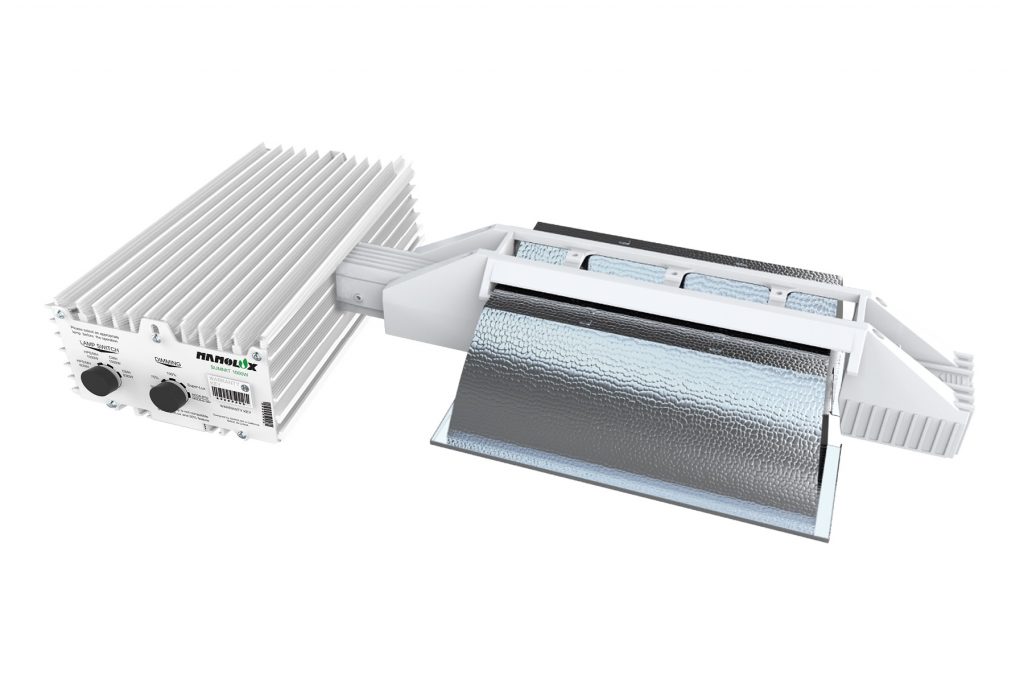
The Pros (and Cons) of LEDs for Cannabis
LED Pro: Higher Efficiency
LEDs are way more efficient than HID lighting. Pound-for-pound — or rather kilowatt-for-kilowatt — they produce more light than HPS fixtures. The diodes of an LED fixture are inherently superior at converting electricity into light. which means you’ll have a lower electrical bill and you would possibly not need as many fixtures to produce an identical amount of sunshine.
Along with better electrical efficiency comes better efficacy. A tailored LED spectrum provides plants with what they have for increased growth on a per-kilowatt basis. With an optimized spectrum and robust intensity, plants yield more salable material, which fetches higher prices thanks to its enhanced quality.
LED’s lower electrical consumption reduces carbon emissions too. This environmental benefit has prompted many governments to supply a rebate credit for switching to LEDs, so discuss with your local jurisdiction.
LED Pro: Reduced HVAC Requirements
Because LEDs create much less heat than HPS, air-conditioning costs fall by the maximum amount of 30-40 percent once you make the switch. If you’re designing a facility from the bottom up, your designer can specify a smaller HVAC system, thus lowering your capital expenditures.
Unlike HPS, the LED spectrum doesn’t contain infrared emissions. Infrared, which is radiant heat, increases leaf temperature. With a lower temperature at the leaves, you’ll be able to run higher room temperatures for major savings in HVAC costs. Lower leaf temperatures can help mitigate pests and mold, too.
LED Pro: Longevity and Low Maintenance
Unlike HID, LEDs won’t need replacement every three or four crops, and that they aren’t prone to breakage. HID bulbs are delicate, and as growers know, they have to be handled with the utmost care to avoid costly breakage. the chance of breakage — and therefore the resulting release of metallic gases like mercury — may violate European Good Manufacturing Practices and other standards. If you wish to properly eliminate these lamps, you’ll have to work with — and pay — a specialized recycling facilitator.
LEDs, on the opposite hand, have exceptional durability and runtimes. Once hanging, LED fixtures to provide 50,000 hours of runtime and often select ten years before needing replacement. IP-rated waterproof fixtures are easy to wash, and also the individual diodes are encased in polymer — not glass — which makes them the foremost durable lighting solution available today. If your fixtures have an IP-67 rating, you’ll be able to spray them with a hose between production cycles.
LED Pro: Vertical Growing and Dimmability
Because LEDs have little or no infrared in their spectrum, they will be hung near the crop, which opens the door for vertical cultivation and enables you to make the foremost of your square footage. Multiple LED light bars are often placed across the crop without the hotspot characteristic of HID technologies. and in contrast to HPS lights, LEDs are dimmable without a loss in efficiency, which implies you’ll slowly increase your intensity level throughout the crop cycle while staying cost-effective.
LED Con: Higher Upfront Costs
Prospective buyers of LED lights may encounter sticker shock if they’re only accustomed to HID lamps. The manufacturing processes and materials needed to make LED fixtures simply come at higher costs than those used for HID lamps. Despite lower lifetime costs, LED fixtures cost quite HPS upfront. for a few growers, this makes LEDs a no-go, although the longer runtimes and ease-of-use features payoff the investment several times over.
LED Con: Light Spacing
Light from LEDs typically encompasses a tight footprint just like a spotlight. The beam angle of HPS lights, by comparison, is broad, which makes them easier to space during a greenhouse. Though the tight footprint of an LED light is great for narrow tables, overlapping the illumination area may be tricky, especially in greenhouses. Secondary optics (i.e., a lens plate over the diode array) can evenly distribute photons and ensure light uniformity over a broader area.
LED fixtures to vary in terms of their beam angles, so it’s important to grasp how they supply light for your plants. for big installations, confirm you’re employed with an LED company that encompasses a qualified lighting designer.
LED Con: Changes to the Dehumidification Plan
Growing with LEDs is different. LED lights to lower the cooling load within the grow room while increasing the dehumidification needs. That’s because the area is of course cooler with LEDs, yet photosynthesis — and evapotranspiration — remain about identical. The plant’s still transpired because the stomata are open for CO2 exchange and that they still release moisture into the air.
Your first crop with LEDs may entail some unexpected humidity levels. ratio increases because the temperature drops, so more dehumidification is also necessary. confirm to stay a watch on your ratio and force per unit area deficit throughout the crop cycle.

